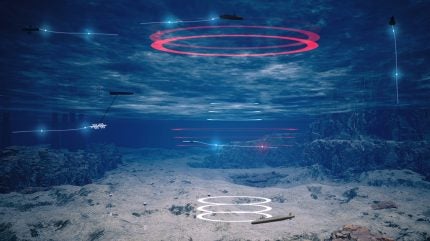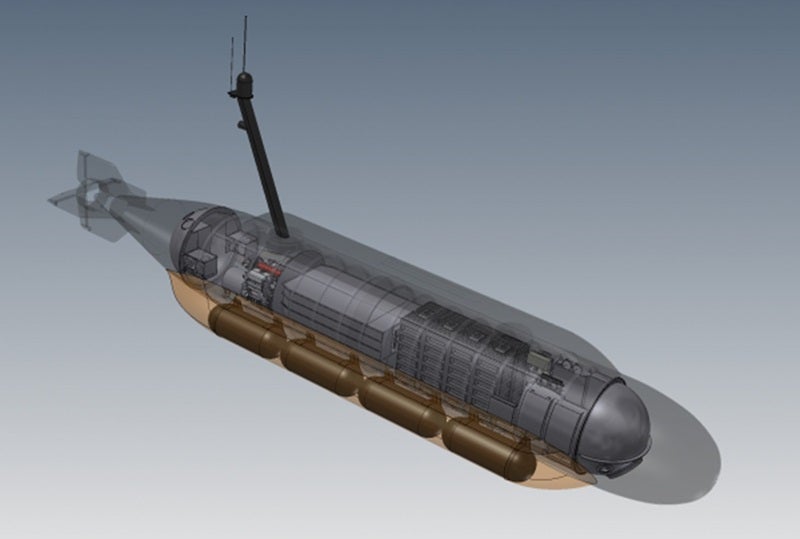
KraitArray, a thin-lined towed array sonar system developed by the British naval supplier SEA, will go on to support uncrewed underwater vehicles (UUVs) as demand for the emerging autonomous platform grows.
Chris Tucker, Sonar Product Technical Authority at SEA, spoke to Naval Technology in an exclusive interview during the UDT 2025 conference in Oslo, Norway on 26 March.
SEA’s system, which first completed trials back in October 2021, offers a low profile for smaller vessels and, now, UUVs and other smaller-scale platforms in the network-centric battlespace.
The towed array detects, classifies, localises, and tracks targets beneath the surface.
KraitArray has featured in numerous additional trials at sea since the towed array first emerged several years ago. The system featured in Exercise Unmanned Warrior in 2016 and later integrated with a Portuguese Navy offshore patrol vessel in 2019 – wherein it took eight hours to fit to be ready to operate at sea the next day.
In 2022, during the Nato exercise REPMUS, SEA’s sonar solution integrated with an extra large uncrewed underwater vehicle (XLUUV) – the S201 – built by MSubs, another British supplier that is currently developing the future CETUS XLUUV for the UK Royal Navy. During this trial, KraiteArray detected targets up to tens of kilometres away, Tucker confirmed.
Naval Technology learned from a naval architect working on the CETUS project that the S201 is “very much the spiritual predecessor” of CETUS, which was first developed in 2005 with an idea to progress autonomy in the subsea space.

According to GlobalData intelligence, the UUV segment will make up nearly 40% of the global uncrewed maritime vehicles market over the next decade. The segment follows uncrewed surface vessels, which make up a larger 60% market share.
Nevertheless, Tucker noted that KraitArray meets this new requirement for a lower profile towed array sonar for smaller vehicles than the larger surface combatants that require a larger system.
KraitArray has proven its use case: “It has done the vessels. They’re there,” Tucker emphasised.
“Now, how do you take that one-off trial that we’ve done and insert that as capability [for UUVs]? And that’s the challenge, that’s what needs to be addressed to make what everyone wants to make that capability a reality.
“We’ve made detections. We tracked it showing capability. We’ve done that against real contacts that customers are interested in,” Tucker confirmed.
“So [customers] want to take it to that next stage, but I think it’s now [about] finding the budgets, finding the route to do that. That’s where the challenges sit.”



